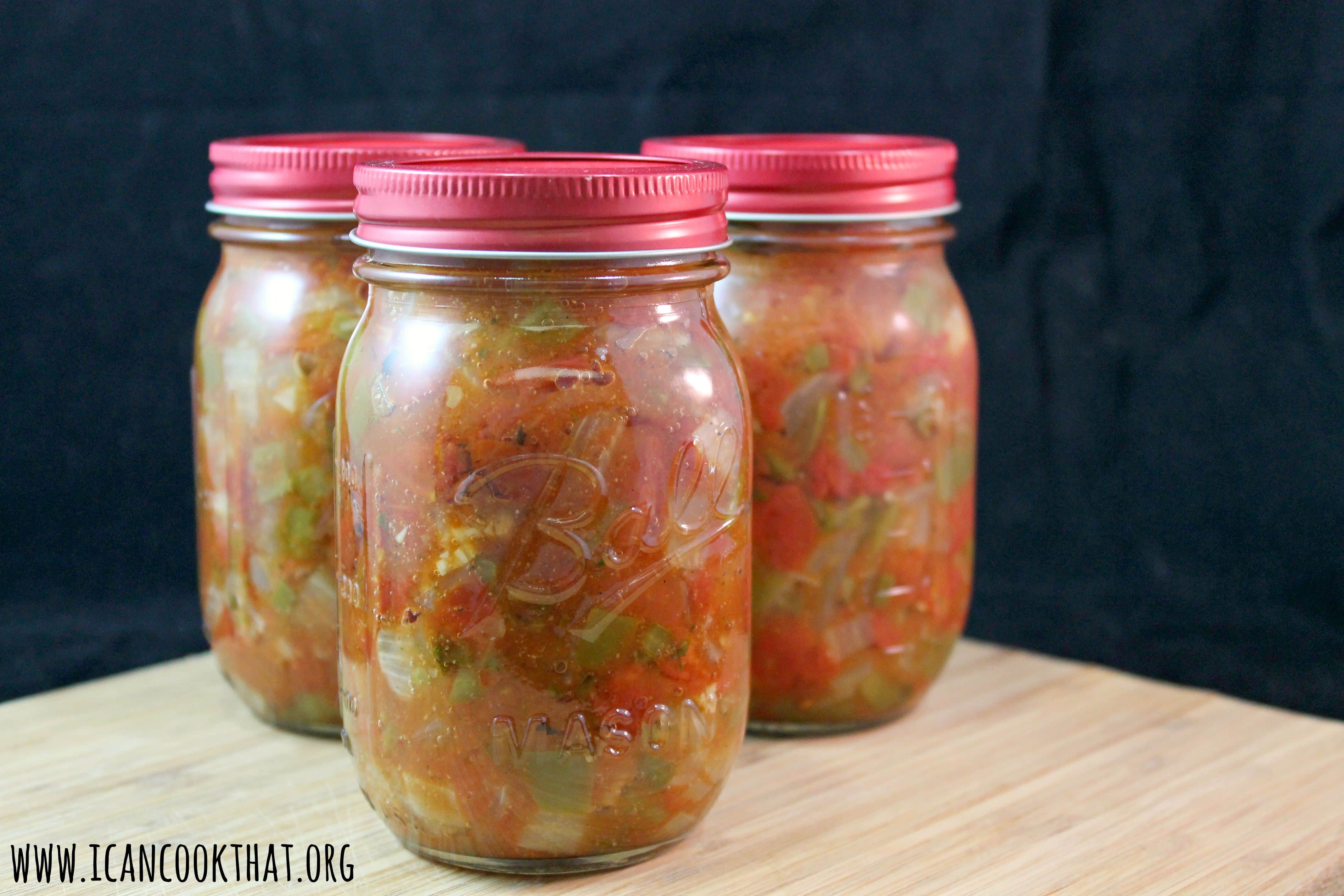This Saturday marks Jarden Home Brands fifth annual Can-It-Forward Day, which will be broadcast live online at FreshPreserving.com from 11AM – 4PM EST from the new state-of-the-art Jarden Home Brands headquarters in Fishers, Indiana.
An event celebrating the joys of fresh preserving, the -It-Forward Day webcast will have an integrated chat function where viewers can submit their home canning questions to be answered in real time. New this year, there will also be an exciting celebrity mason jar auction unveiled during the webcast!
To celebrate, I was sent a Ball Canning Discovery Kit (paid link), Ball Blue Book Guide to Preserving (paid link), Red Design Series Lids, and Ball Fiesta Salsa Mix (paid link).
My future sister-in-law is big into canning, and I’ve “helped” (a.k.a kept her company in the kitchen) once before, but the process of canning is really intimidating to me. I was told that if I can boil water, I can can, so I was both wary and excited to try this out!
I need to give a little shout out to my city, because the Mason jar was, in fact, invented and patented in Philadelphia in 1858 by local tinsmith John Landis Mason. So, this should be in my blood, right?
- The Ball Canning Discovery Kit is a great beginners kit; it comes with a canning rack that fits into most pasta pots, a recipe guide, and three jars. The kit is really affordable ($11.99) and allows you to assess if canning is for you before investing fully into the process.
- My sister-in-law assured me that if I had a Ball Blue Book Guide to Preserving, I’d be just fine canning. So. WHEW. This book lays out each step of the process (and even tells you why you are doing it this way) to ensure a successful canning process. The step-by-step guides are particularly helpful as a beginner.
- The Red Design Series Lids are normal lids and bands, just prettier. 🙂 The lids can only be used once during canning, so it’s helpful to have extras on hand. (You can reuse the jars and bands as many times as you want)
- The Ball Fiesta Salsa Mix makes the process of seasoning salsa super easy. You just need fresh or canned tomatoes, a splash of vinegar, and the mix to make a yummy salsa!
I decided to make a salsa from the Ball Blue Book, but adapted it slightly to include the Ball Fiesta Salsa Mix. The recipe is simple, and is basically just cutting up the ingredients, so this post is more about the canning process than the actual recipe.
I am absolutely a beginner with this, but luckily was able to glean some tips from my sister-in-law and the Ball Blue Book, which I will share as well.
I also am giving away a coupon for a free case of jars! Details at the end of the post.
Zesty Salsa (adapted from Ball Blue Book Guide to Preserving)
Yields ~3 pint jars
Ingredients:
- 5 cups chopped cored peeled tomatoes (fresh or canned)
- 4 green bell peppers, seeded and chopped (~2.5 cups)
- 1 large onion, chopped (~2.5 cups)
- 1 large jalapeno, seeded and finely chopped (~3 tablespoons)
- 2 garlic cloves minced
- 2/3 cup cider vinegar
- 1 tablespoon fresh cilantro, finely chopped
- 1/4 cup Ball Fiesta Salsa Mix
Gear:
- Ball canning rack with lifter
- 3 Ball Pint Jars with lids and bands (I used the Red design series lids and bands)
- Large stockpot (at least 7.5 inches tall and 9.5 inches in diameter)
- a non-metallic spatula (I ended up using chopsticks. They worked just fine)
- A clean, damp towel to wipe rims of jars
Continue reading Salsa Recipe & Beginners Guide to Canning #CanItForward
